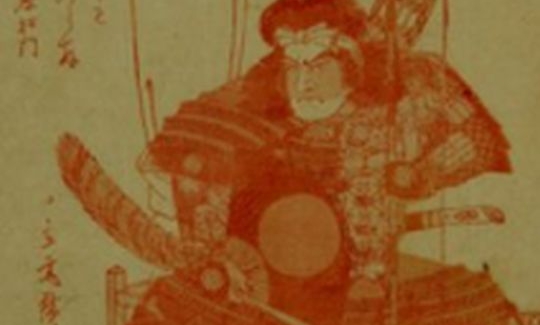As in all cultures, colours have meaning in Japanese culture. The exhibition deals with red (aka) in Japanese art and culture. The red colour produced from the safflower plant (benibana) is especially loved in Japan, evident in the antique painted garments preserved in the Shôsôin building of the Tôdaiji Temple. In the Heian period (794-1185) benibana was also used for lipstick and rouge for the women of the court. During the Edo era (1600-1868), the early woodblock prints were also hand-painted in red. The walls of the Hôryûji Temple, possibly the world's oldest wooden structure, were painted crimson (shuiro), as are the gates (torii) of many Shinto shrines.



